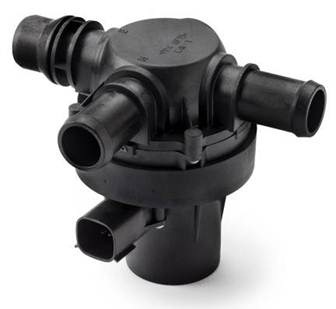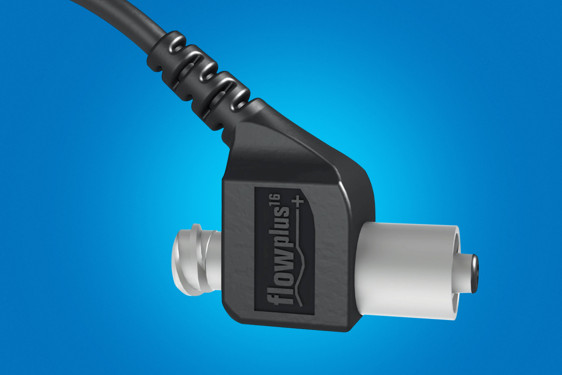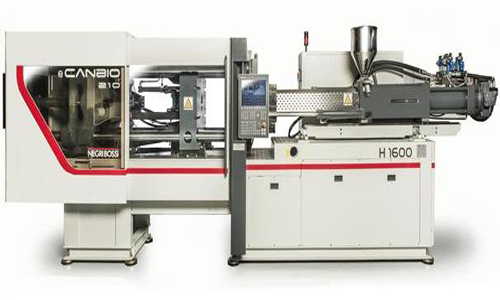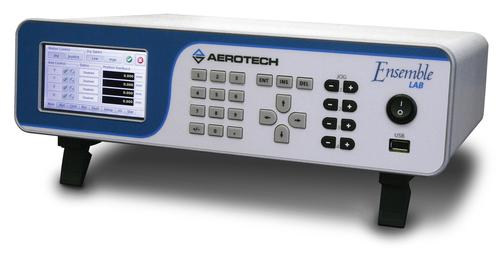 It had been four years since the North American plastics industry turned its attention northwards
It had been four years since the North American plastics industry turned its attention northwards
to Canada’s Plast-Ex event, but the show returned to Toronto in June under new owners and with collocated fairs. In October 2009, the former Canon Communications (now part of UBM) acquired the Plast-Ex, Expoplast, and Packex trade shows. Plast-Ex and Expoplast, which it bought from the Canadian Plastics Industry Assn., were to be combined with Packex, which was purchased from France’s Comexposium group and the Packaging Assn. of Canada.
The last edition of Plast-Ex in 2007 featured more than 500 exhibitors from 13 different countries and attracted more than 8000 attendees. At the time of the acquisition, the former Canon estimated that the overall exhibition would include 1100 exhibitors. Returning to its biennial cycle, the next Plast-Ex will take place May 14-16, 2013.
Injection molding highlighted on the show floor
Several injection molding machinery suppliers brought running presses to the Toronto Congress Centre, with many also utilizing automation. Schwertberg, Austria headquartered Engel, which until 2008 had manufacturing operations in Guelph, ON and still maintains a strong Canadian presence, showcased a 420-ton E-cap machine running a 64-cavity closure mold. Instead of letting the caps freefall at mold open, a six-axis articulating-arm Staübli robot, outfitted with a specialized end-of-arm-tool (EOAT), captured all the parts.
Engel’s Joachim Kragl told PlasticsToday that caps can suffer some deformation in freefall set ups, prompting companies in the closure space to consider capturing the caps directly off the cavity. The StackTeck tool featured a Mold-Masters electrically activated hot runner system, for a fully electric molding cell. On the basis of less power consumption, and the ability to use less cooling water since the caps are captured and cooled outside the machine, Kragl estimated that energy savings over a comparable hydraulic cell could range from $27,000 to $40,000 annually. Exiting the mold, the caps’ temperature ranged from 60-80°C. They were cooled outside the machine by a 4e Technologies cooling conveyor, a technology brand unveiled by StackTeck Matrix at last year’s K. Kragl said that Engel was once again excited to participate in the Canadian show after its long hiatus, noting his company’s large installed machine base and sales and service presence in the country. Engel still has nine employees in Canada, including five in service.
Wittmann Battenfeld showcased some of the company’s auxiliary and robotic offerings in addition to an injection molding machine. The show was the Canadian debut for its Aton Wheel Dryer, holistically developed by the company and launched at last year’s K show. Charged with standard desiccant beads, if the dryer doesn’t sense moisture its EcoMode shifts the unit from a continuous rotating wheel mode into a energy-saving dual-bed dryer.
Rob Miller, who heads up Wittmann Battenfeld’s Canadian operations, told PlasticsToday that Plast-Ex was also the Canadian debut for the company’s EcoPower molding machines. The machin was molding a inmold-labeled (IML) polypropylene tub from a four-cavity tool in a 2.8-second cycle, with a side-entry robot pulling and stacking the containers onto a beside-the-press conveyor. Miller said the Canadian market had rebounded in 2010, with regional results double 2009’s levels. Thus far in 2011, he said sales have continued but with “lots of effort”, as uncertainty creeps into the market.
Milacron also featured a running machine on its stand, with a 55-ton all-electric Roboshot molding a PP thin-wall connector cover in a 4-cavity mold. Company representatives said the machine was sold off the floor to a Canadian automotive company. The company’s booth staff noted that the local market was quite strong for medical, cap/closure, and automotive applications.
Maruka USA, which distributes Toyo injection molding machines in North America, ran a 55-ton fully electric press at its booth, using a 4-cavity mold to make shot glasses from terpolymer polycarbonate. On top of the machine, a TSM blender mixed in 0.5% colorant. Company representatives said the machine had been sold into the U.S. to an undisclosed customer.
Absolute Haitian, the North American distributor of China’s Haitian Plastics Machinery machines, featured a Mars MA 1600 press with a Sepro robot at its booth. Frohring, Absolute Haitian’s president, told PlasticsToday that all-electric machines are well suited for Canada, explaining that the country is “all about energy savings.” Frohring said his company utilizes sales representatives in Quebec and Ontario, with direct representation in the Pacific Northwest. The machine on the stand had actually been sold to a U.S. customer two weeks prior to Plast-Ex.
En-Plas, the Ontario based supplier of new and used plastics machinery, and the Canadian distributor for Nissei injection molding machines and Yushin robotics, among other products, featured a Nissei FNX hybrid machine on its stand. The 360-tonne machine molded a small basket in a 32-second cycle, with a 3-axis Yushin robot extracting parts. The robot continuously switched its EOAT, with one used to cut the runner and the other stacking the baskets and applying a label to the bottom. A beside-the-press low-speed CMG granulator broke down runners and fed the regrind back into the process.
Source : www.plasticstoday.com






